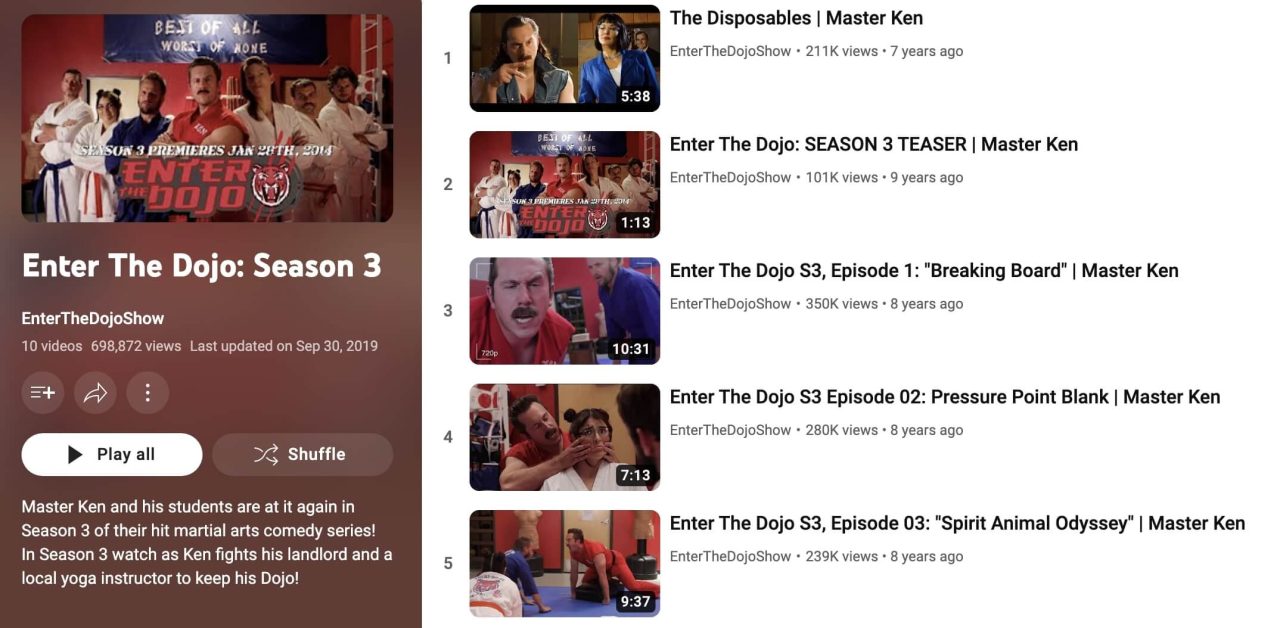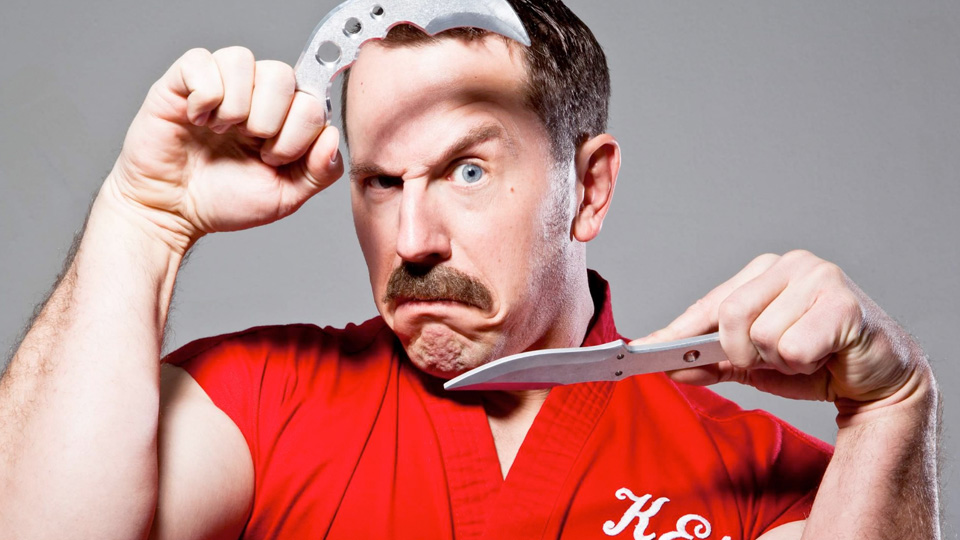Enter the Dojo season 3 is here! Master Ken keeps producing nuggets of wisdom while his students learn the “street lethal” defensive techniques of Ameri-Do-Te.
Get your Kill Faces ready! The first installment of Season 3 is here!


Enter the Dojo season 3 is here! Master Ken keeps producing nuggets of wisdom while his students learn the “street lethal” defensive techniques of Ameri-Do-Te.
Get your Kill Faces ready! The first installment of Season 3 is here!
